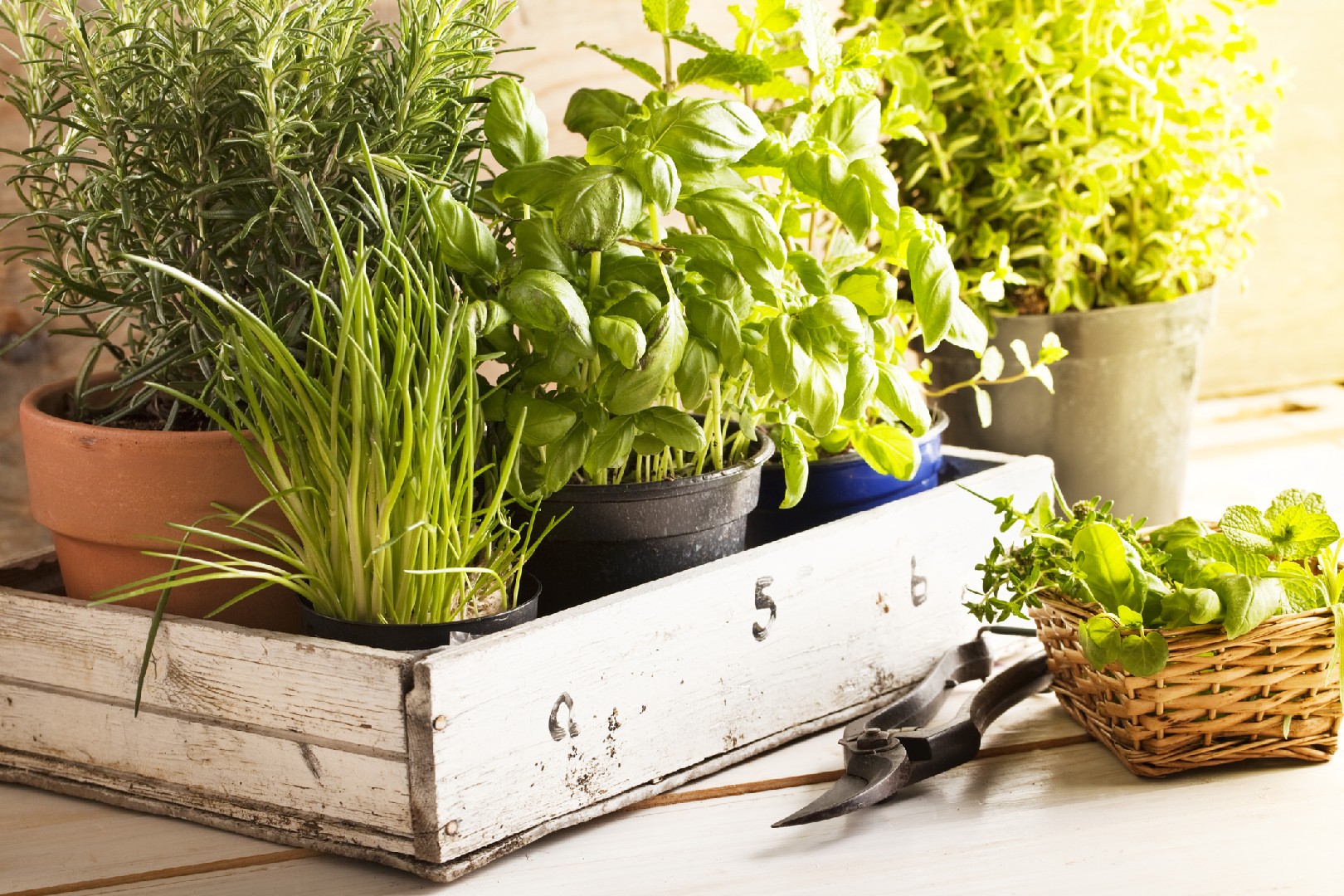![Rectangle]()
Planting, Nurturing, and Watch Your Culinary Herbs Thrive: Essential Tips for Growth and Care
Culinary herb gardening at home is a rewarding and practical way to elevate your cooking skills and enhance the flavors of your dishes. By adopting organic gardening practices, learning how to water and prune according to each herb's unique needs, and protecting your garden from pests and diseases, you can ensure the health and vitality of your herbs.
One of the first steps in planting your culinary herb garden is to choose the right location. Most culinary herbs thrive in full sun, so select a spot in your garden that receives at least six hours of direct sunlight each day. However, some herbs, such as mint and parsley, can tolerate partial shade. It's also important to consider the soil conditions. Herbs prefer well-draining soil with a pH level between 6 and 7. If your soil is heavy or clay-like, you can improve its drainage by adding organic matter, such as compost or aged manure.
Once you have prepared the soil, it's time to sow the seeds or transplant young herb plants. Before planting, make sure to read the instructions provided on the seed package or plant label. Some herbs, like cilantro, prefer to be sown directly in the ground, while others, such as basil, benefit from starting indoors and then transplanting outdoors once the weather warms up. When placing the plants in the soil, be sure to provide enough space between them for proper air circulation, usually around 12-18 inches apart.
To ensure the health and vigor of your herbs, it is essential to water them properly. Each herb has its own unique water requirements, so it's important to learn about the specific needs of the herbs you are growing. In general, most herbs prefer soil that is evenly moist but not waterlogged. Overwatering can lead to root rot and other fungal diseases. To determine if your herbs need watering, simply stick your finger about an inch into the soil. If it feels dry, it's time to water. Using a watering can or a gentle spray nozzle on your hose, make sure to water at the base of the plants to minimize water waste and avoid wetting the leaves, which can lead to disease.
Pruning and harvesting your herbs is not only necessary for their growth, but it also allows you to enjoy their fresh flavors in your cooking. Pruning helps to encourage bushier growth and prevents your plants from becoming leggy. It's best to prune your herbs regularly, pinching back the new growth rather than cutting off large sections. By harvesting your herbs frequently, you are promoting new growth and a more abundant harvest. Remember to harvest in the morning when the essential oils in the herbs are at their peak for the best flavor.
While caring for your herb garden, it's important to be vigilant against pests and diseases. However, instead of resorting to harsh chemical pesticides, consider eco-friendly solutions that will protect your herbs without harming beneficial insects or pollinators. For example, you can introduce ladybugs or lacewings to control aphids, or use companion planting techniques to repel pests naturally. Neem oil and insecticidal soaps are also effective organic options for dealing with common garden pests.
By planting and nurturing your culinary herbs with these essential tips, you will be able to enjoy a bountiful harvest of flavorful herbs that will make your meals truly memorable. So put on your gardening gloves, grab your trowel, and start growing your gourmet herb garden at home today!





